Mediterranean style - groundcover?
swanoir
17 years ago
Related Stories
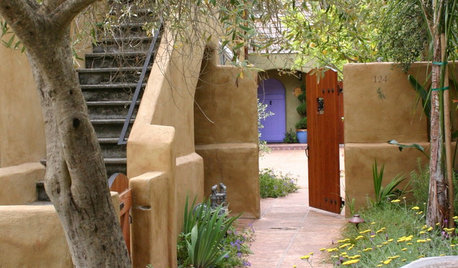
GARDENING AND LANDSCAPINGLay of the Landscape: Mediterranean Garden Style
Earthy, lush and warmly welcoming, a Mediterranean garden can thrive in any warm-climate landscape with a few adaptations
Full Story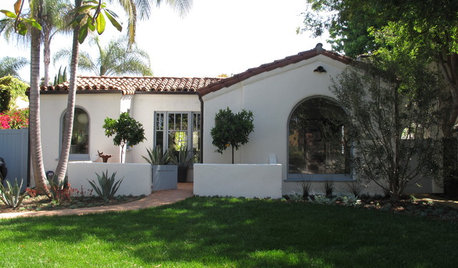
ARCHITECTURERoots of Style: Many Cultures Make Their Marks on Mediterranean Design
If you live in California, Florida or certain other parts of the U.S., your architecture may show distinct cultural influences
Full Story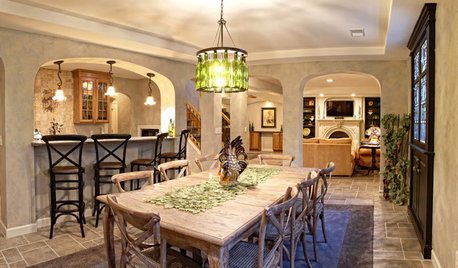
BASEMENTSBasement of the Week: Mediterranean Wine Cellar Style in Michigan
Drop in on a converted basement that evokes an old-world feel with its new kitchen, dining room and media room
Full Story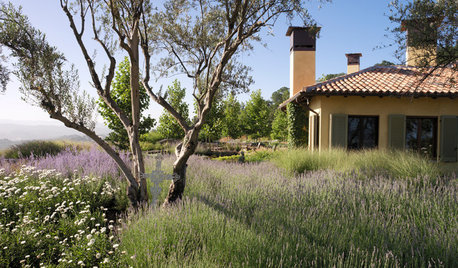
LANDSCAPE DESIGN8 Elements of Mediterranean Garden Style
Opt for olives and take up with tile. Mild-climate gardens everywhere can benefit from the features of their Mediterranean cousins
Full Story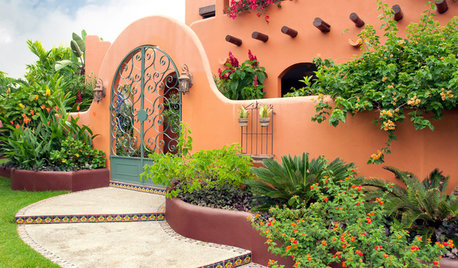
MEDITERRANEAN-STYLE DESIGNNail Your Curb Appeal: Mediterranean Style
Earthy hues, low-water landscaping and architectural flourishes are characteristic of these homes
Full Story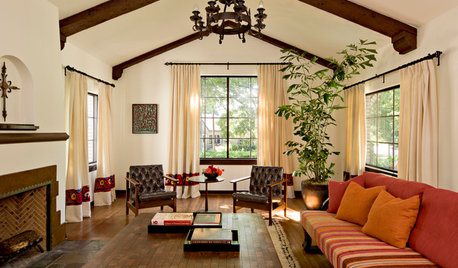
MEDITERRANEAN STYLEHouzz Tour: Global Flavor for a Mediterranean-Style Home
Scarlet swaths, travel-acquired art and custom furnishings bring a family home in Portland to life
Full Story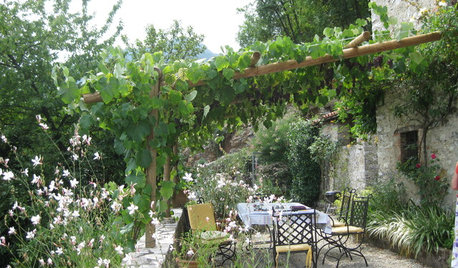
LANDSCAPE DESIGNRecipe for Mediterranean Edible Garden Style
The only thing better than a delicious meal outdoors is the satisfaction of growing some of the key ingredients yourself
Full Story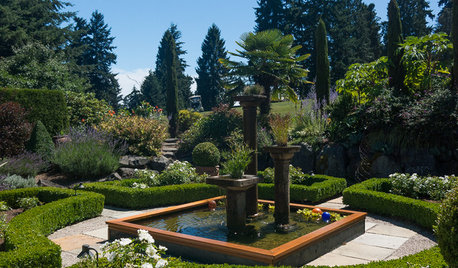
LANDSCAPE DESIGNGet a Mediterranean-Style Garden Even Far From the Sea
Some lavender here, a water feature there, and your garden just might feel transported to a balmy seaside locale
Full Story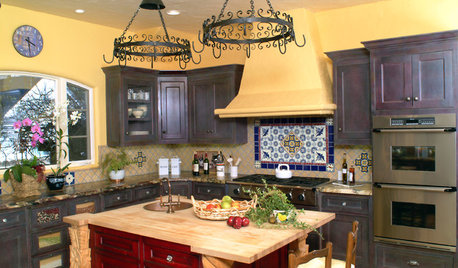
KITCHEN DESIGNKitchen Workbook: 8 Elements of a Mediterranean Kitchen
Mediterranean style transforms a kitchen into an exotic escape with its warmth and sultriness. Here's how to get the look
Full Story


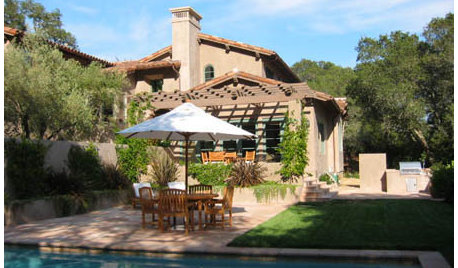


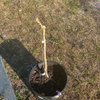

inkognito
catkim
Related Discussions
Suggestions for exterior color for Mediterranean style stucco home
Q
Need paint color ideas for Mediterranean style home
Q
Floor Tile in Bedrooms of Mediterranean style Beach Condo - Help?
Q
Mediterranean style landscaping
Q
hoovb zone 9 sunset 23
bahia
swanoirOriginal Author
gardengal48 (PNW Z8/9)
swanoirOriginal Author
gardengal48 (PNW Z8/9)
nwnatural
karinl
gweirdo
inkognito
bluestarrgallery
Frankie_in_zone_7
swanoirOriginal Author
gweirdo
swanoirOriginal Author